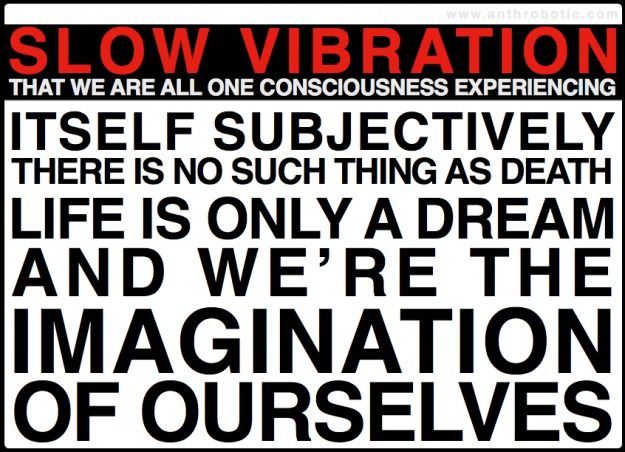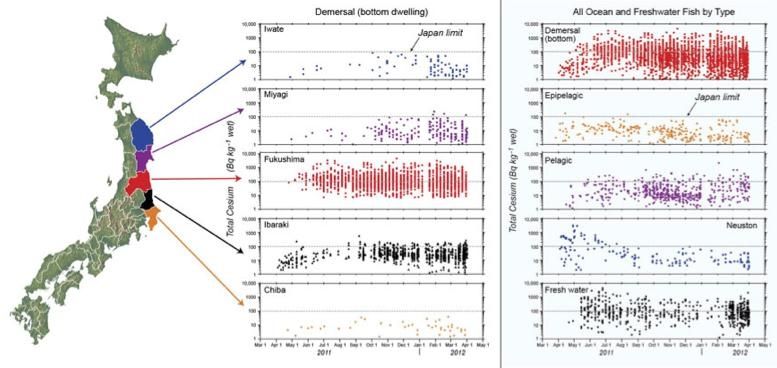Oct 28, 2012
The Kline Directive: Theoretical-Empirical Relationship (Part 5a)
Posted by Benjamin T. Solomon in categories: education, ethics, physics, policy, scientific freedom, space
To achieve interstellar travel, the Kline Directive instructs us to be bold, to explore what others have not, to seek what others will not, to change what others dare not. To extend the boundaries of our knowledge, to advocate new methods, techniques and research, to sponsor change not status quo, on 5 fronts, Legal Standing, Safety Awareness, Economic Viability, Theoretical-Empirical Relationships, and Technological Feasibility.
I was not intending to write Part 5, but judging from the responses I thought it was necessary to explain how to read a journal paper – and a good read cannot be done without a pen and paper. If you are writing a paper, when you have completed it, I would suggest you set it aside for at least a week. Don’t think about your paper or the topic during this shmita period. Then come back to your paper with a pen & paper and read it afresh. You’d be surprised by the number of changes you make, which means you have to start well before your deadline.
Note, you can find articles on how to review or write papers and here is one, by IOP (Institute of Physics, UK) titled Introduction to refereeing, and is a good guide to read before reading or writing a paper. This is especially true for physics but applies to all the sciences and engineering disciplines.
Note, for those who have been following the comments on my blog posts, IOP explicitly states “Do not just say ‘This result is wrong’ but say why it is wrong…” and “be professional and polite in your report”. So I hope, we as commentators, will be more professional in both our comments and the focus of our comments. Thanks.
Continue reading “The Kline Directive: Theoretical-Empirical Relationship (Part 5a)” »


 A systematic decay rate of white dwarf stars in the galaxy is possibly implicit in the data that the LSAG scientists of CERN just sent you and which you kindly forwarded to me.
A systematic decay rate of white dwarf stars in the galaxy is possibly implicit in the data that the LSAG scientists of CERN just sent you and which you kindly forwarded to me.








